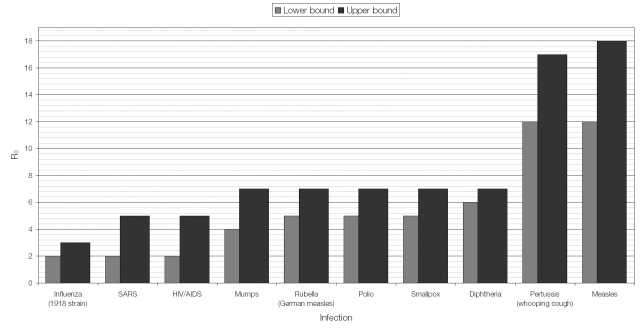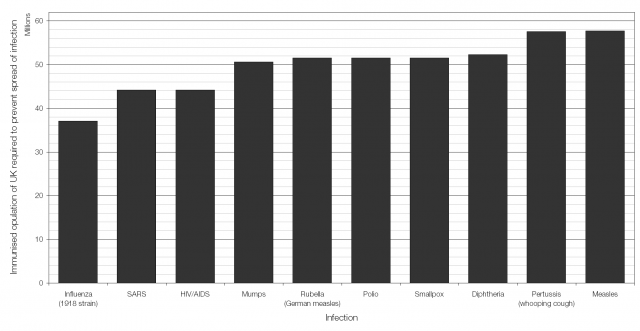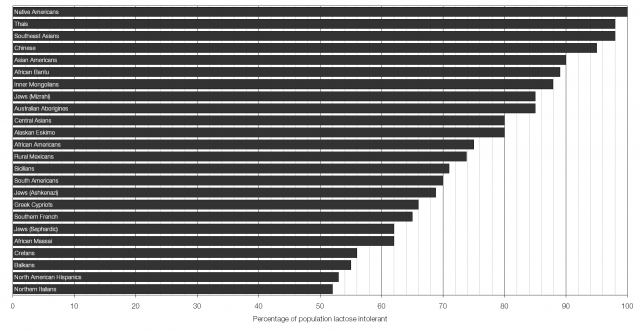Osteoporosis is a disease that causes the density of bones to decrease. Normally bones are constantly being remodelled – some of the bone is broken down (resorped) and new bone grows in its place. In a normal person about ten percent of bone at any one time is undergoing this process. If there is a different in the rate of the two processes, with resorption occurring faster than growth, then osteoporosis will develop.
The two micrograph images below, from the Wellcome Collection, demonstrate the difference very clearly.

Normal Bone

Osteoporotic Bone
The holes in bones are required so that nutrients can get to the bones and also to give bones some “give” so that they are not too brittle; it’s important for bones to be able to bend a small amount to absorb shocks.



